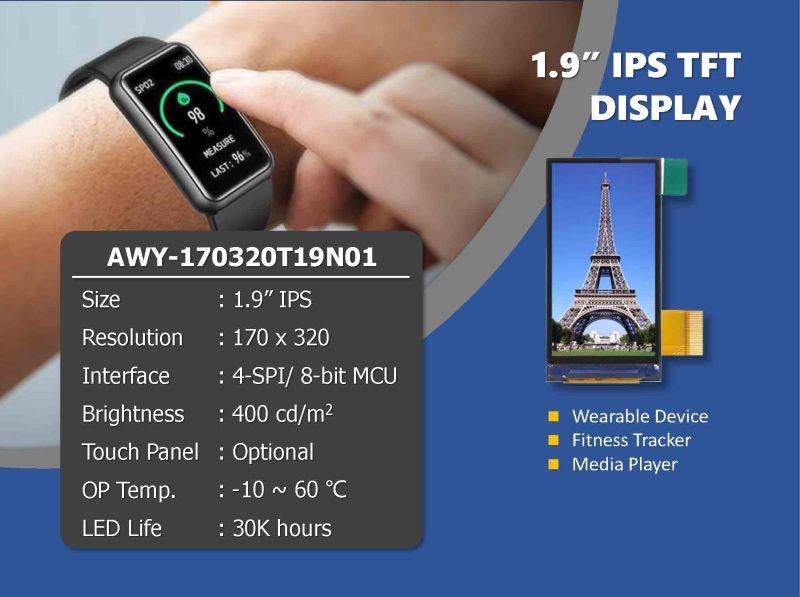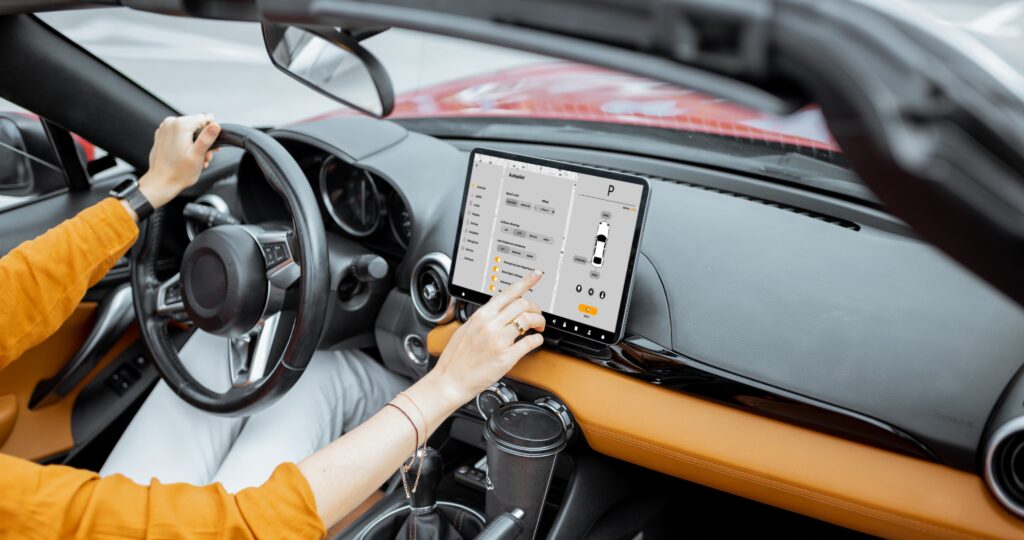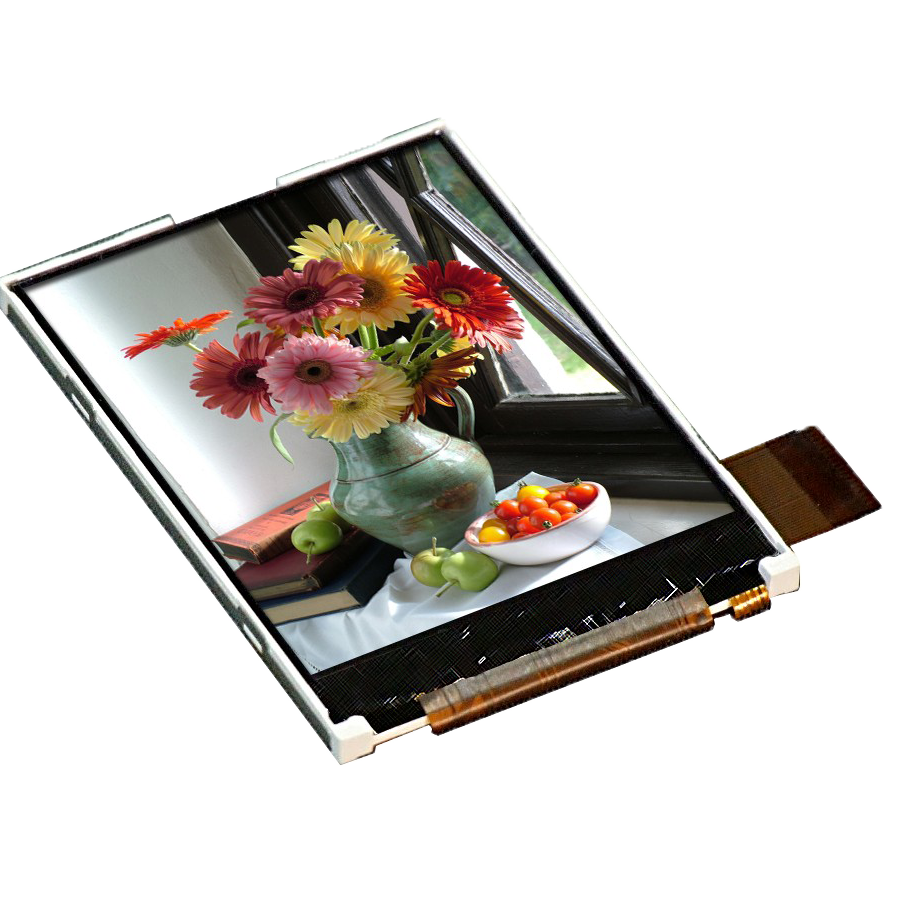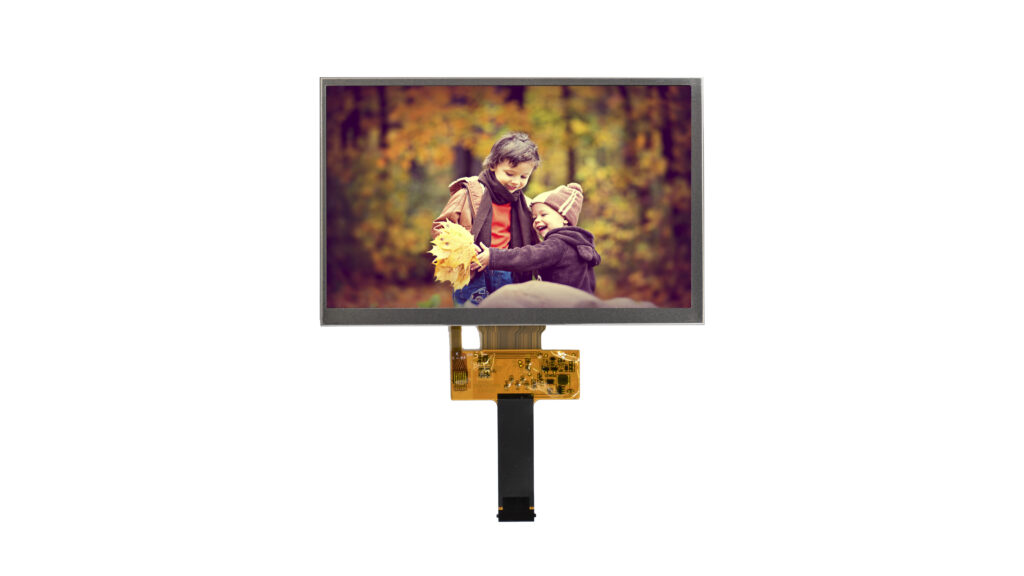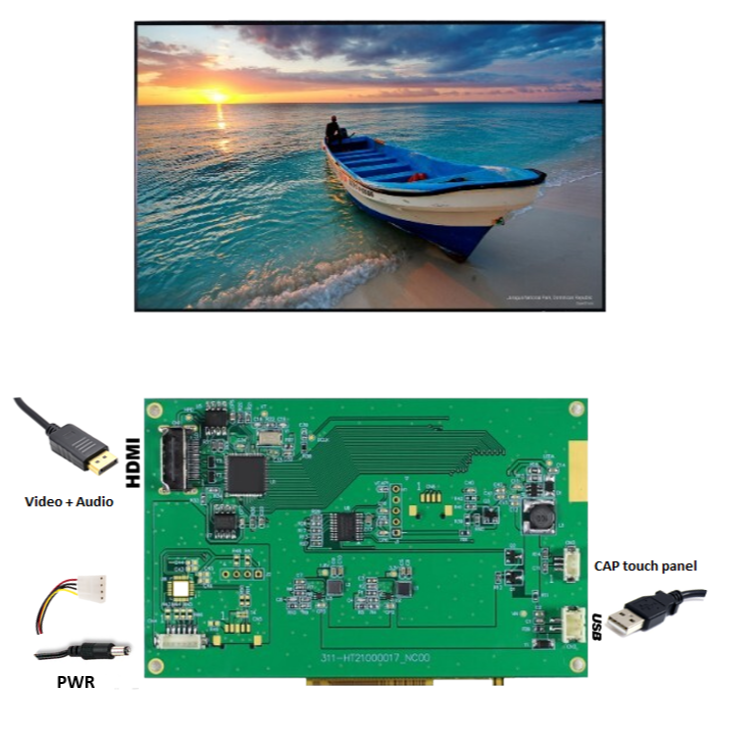Electric Vehicle, LCD, OLED, Round Display, Medical Devices, Automotive Displays, HVAC, TFT, Touch Panel Electric Vehicle, EV Charger, HDMI
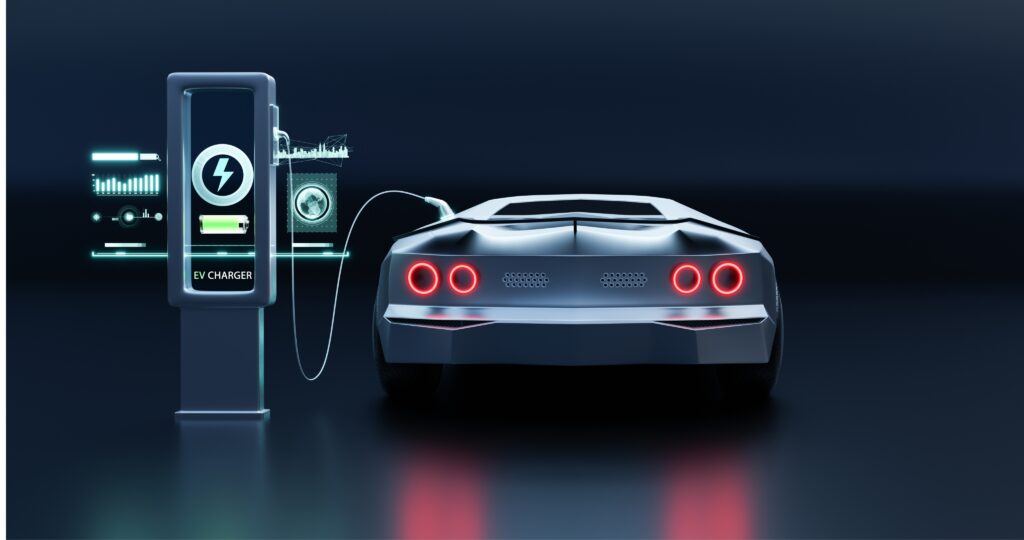
In recent years, the world has witnessed a remarkable surge in the adoption of electric vehicles (EVs). With concerns about climate change and a push for sustainable transportation solutions, EVs have become increasingly popular. Alongside this trend, the infrastructure supporting EVs, such as charging stations, has also seen significant advancements. One such innovation is the integration of LCD TFT displays into electric vehicle chargers, revolutionizing the charging experience for users and operators alike.
LCD TFT (Liquid Crystal Display Thin-Film Transistor) displays offer a range of benefits when integrated into EV charging stations. Here, we delve into the myriad advantages and explore how these displays are transforming the landscape of electric vehicle charging:
Enhanced User Experience:
LCD TFT displays serve as intuitive interfaces, providing EV owners with real-time information and interactive features during the charging process. Users can easily monitor the charging status, including battery level, charging time remaining, and charging speed. This transparency empowers EV drivers with the knowledge they need to plan their journeys effectively, alleviating concerns about range anxiety.
Furthermore, TFT displays can offer multimedia capabilities, allowing users to access additional services and information while their vehicle charges. From weather updates and local news to nearby amenities and points of interest, these displays enrich the charging experience, making it more engaging and informative for users.
Operational Efficiency:
For charging station operators, LCD TFT displays contribute to operational efficiency by streamlining management and maintenance tasks. These displays can provide valuable insights into charging station performance, including power consumption, uptime, and maintenance alerts. By leveraging this data, operators can proactively address issues, minimize downtime, and ensure a seamless charging experience for customers.
Moreover, TFT displays can support remote management and diagnostics, enabling operators to monitor and control charging stations from a centralized dashboard. This remote functionality facilitates software updates, configuration changes, and troubleshooting, reducing the need for onsite maintenance visits and minimizing operational costs.
Branding and Marketing Opportunities:
Integrating LCD TFT displays into EV charging stations opens up new avenues for branding and marketing initiatives. Charging station operators and sponsors can leverage these displays to showcase promotional content, advertisements, and branding messages to a captive audience of EV owners. Whether promoting sustainable initiatives, advertising local businesses, or highlighting partner organizations, TFT displays serve as powerful communication channels, fostering community engagement and brand awareness.
Furthermore, TFT displays can support dynamic content scheduling, allowing operators to tailor messaging based on factors such as time of day, location, and user demographics. This targeted approach maximizes the impact of marketing efforts, delivering relevant content to users and driving conversion rates.
Future-Proofing Infrastructure:
As technology continues to evolve, LCD TFT displays offer a future-proof solution for electric vehicle charging infrastructure. These displays are highly adaptable, supporting integration with emerging technologies such as 5G connectivity, augmented reality (AR), and artificial intelligence (AI). By embracing TFT displays, charging station operators can stay ahead of the curve, ensuring their infrastructure remains relevant and competitive in a rapidly evolving market.
Moreover, TFT displays can serve as platforms for innovation, enabling the development of new features and services to enhance the charging experience. Whether integrating biometric authentication for secure access, implementing dynamic pricing models, or incorporating gamification elements to incentivize sustainable driving behavior, the possibilities are endless.
In conclusion, the integration of LCD TFT displays into electric vehicle chargers represents a significant advancement in the evolution of charging infrastructure. From enhancing user experience and operational efficiency to unlocking branding opportunities and future-proofing infrastructure, TFT displays are driving innovation and transforming the landscape of electric vehicle charging. As the adoption of EVs continues to rise, TFT displays will play a pivotal role in shaping the future of sustainable transportation.
Microtips Technology https://microtipsusa.com/ , one of the reputed touch panel manufacturers is providing touch panels, EV chargers, and other custom-made display panels for your vehicle for an emerging market.
Microtips Technology: Innovative Solutions. Your Vision. Our Goal.
Visit www.microtipsusa.com for more details.
(888) 499-8477


